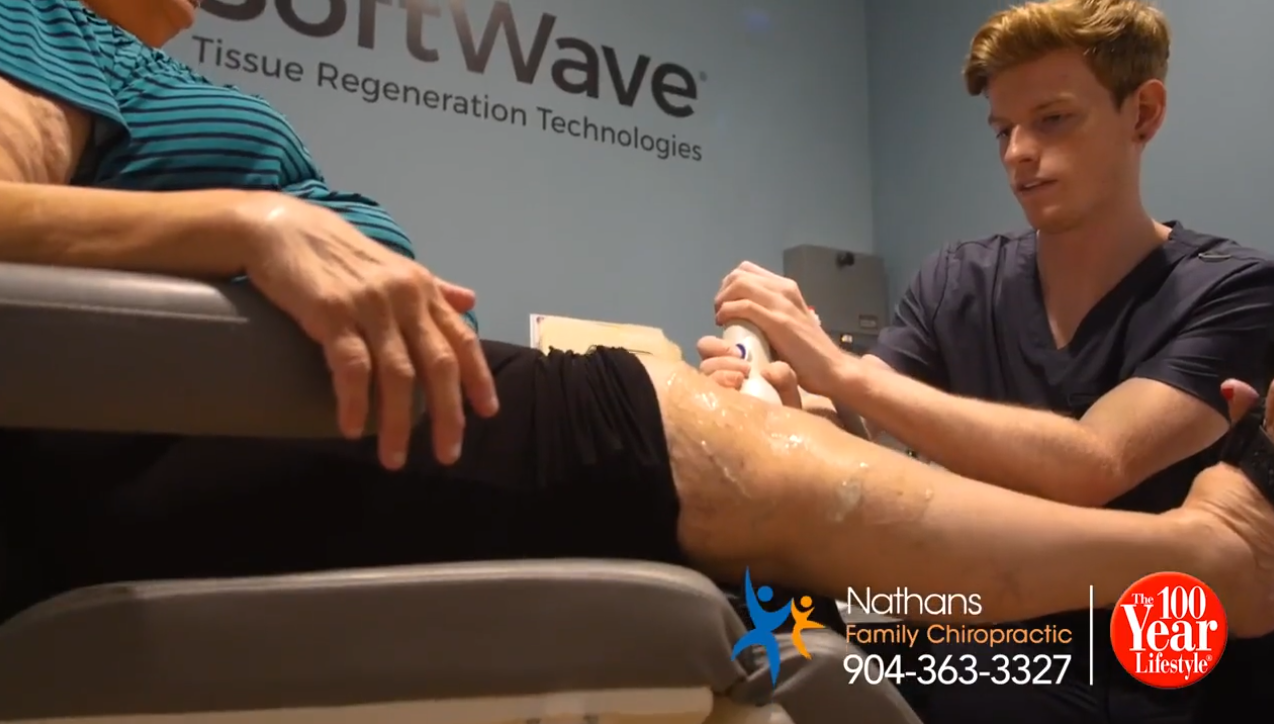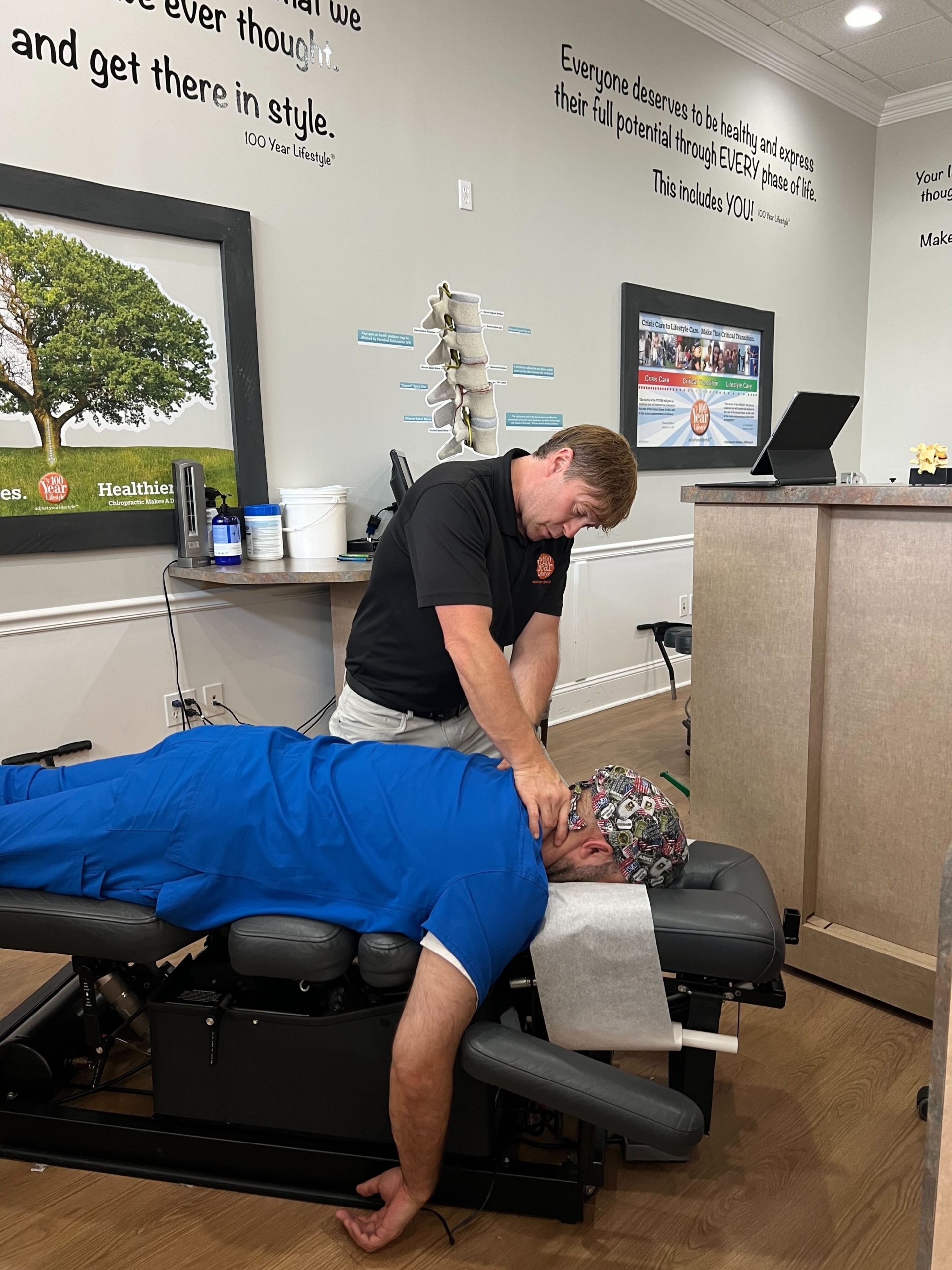When comparing SoftWave vs Shockwave therapy, patients often wonder which treatment provides better results, comfort, and safety. Both use sound waves to stimulate tissue repair, but the way they work and how they feel are very different. Understanding these differences helps patients make informed decisions about their care, especially when considering regenerative and non-invasive options available today.
Understanding the Difference Between SoftWave and Shockwave
SoftWave therapy uses advanced electrohydraulic technology to deliver gentle, unfocused acoustic waves that reach deep into tissues. This process helps stimulate the body's natural regenerative response while minimizing discomfort. The waves disperse over a broad area, creating a cellular activation effect that can support improved blood flow and tissue function.
In contrast, shockwave therapy, also known as radial or focused shockwave, uses a pneumatic or piezoelectric system that sends concentrated energy to a specific point. While it can be effective for some localized conditions, many patients report that traditional shockwave therapy feels more intense and sometimes uncomfortable during treatment.
The key difference is how the energy is distributed: SoftWave spreads energy gently and evenly across the treatment area, while shockwave targets small, precise points with stronger force. This makes SoftWave vs Shockwave not only a comparison of technology but also one of patient experience.

How SoftWave Therapy Works
SoftWave therapy transmits sound waves through a water-based applicator head placed on the skin. These sound waves create small, controlled pressure changes that help stimulate a healing response in the underlying tissue. Patients often describe the sensation as a light tapping or pulsing, not painful but noticeable.
Each session lasts around 10 to 15 minutes, depending on the treatment area. The waves penetrate deeply, promoting blood flow and encouraging the body's natural mechanisms to respond. Unlike other therapies, SoftWave therapy doesn't require injections, anesthesia, or recovery time, allowing patients to return to normal activities right after the session.
How Shockwave Therapy Works
Shockwave therapy uses concentrated energy pulses that are delivered directly to a targeted area. These high-pressure waves can break up scar tissue and stimulate localized healing, but the focused intensity may cause discomfort or even minor bruising. Because the energy is concentrated, shockwave therapy often needs to be applied multiple times to cover different regions or deeper tissues.
While some patients benefit from this method, many prefer the comfort and broader tissue engagement of SoftWave's unfocused energy. When evaluating SoftWave vs Shockwave, comfort level, treatment depth, and post-session recovery time are major factors to consider.
SoftWave Therapy Side Effects
When exploring any regenerative or pain-relief option, it's important to understand the risks. Fortunately, SoftWave therapy side effects are minimal. Most patients only experience slight redness, mild tenderness, or temporary warmth in the treated area. These effects usually disappear within a few hours.
Because SoftWave distributes energy more evenly and gently, it avoids the microtrauma or bruising sometimes associated with older technologies. It's considered a very low-risk treatment that does not cause tissue damage, and there's no downtime afterward. Patients can resume work, exercise, or daily activities immediately.
Shockwave Therapy Side Effects
Shockwave therapy side effects can include soreness, swelling, or mild bruising due to the concentrated energy pulses. Some people also experience skin sensitivity or discomfort during treatment, especially when the applicator targets thinner or more tender areas.
Although side effects are temporary, they can make the experience less comfortable compared to SoftWave. Practitioners may recommend spacing sessions farther apart or adjusting intensity for sensitive patients. This is one reason why many clinics now prefer the softer, more adaptable approach of SoftWave technology.
Patient Experience and Results
Many patients describe SoftWave therapy as relaxing and comfortable. Some feel an immediate difference in mobility or pain levels, while others notice progressive improvement over several sessions. The treatment supports natural tissue response rather than forcing change, making it ideal for individuals seeking gentle but effective options for chronic pain, joint discomfort, or tendon conditions.
In contrast, patients receiving shockwave therapy often report feeling soreness or fatigue afterward, which can limit activity for a short period. While both therapies aim to trigger a biological response, the SoftWave vs Shockwave comparison highlights how SoftWave's advanced design focuses on results without the drawbacks of pain or downtime.
Who Benefits from These Treatments
SoftWave and Shockwave therapy are both used for musculoskeletal conditions such as tendon pain, joint stiffness, plantar fasciitis, or soft tissue injuries. However, SoftWave's broad energy pattern allows clinicians to treat large areas efficiently, including multiple points of discomfort, without causing irritation.
Because of its gentle delivery, SoftWave is suitable for athletes, active adults, and anyone looking to address discomfort through non-invasive means. Its minimal side effects and short sessions make it a versatile therapy that fits easily into most recovery or maintenance programs.
Key Takeaways: SoftWave vs Shockwave
While both technologies share a similar foundation, the SoftWave vs Shockwave comparison reveals clear differences in comfort, safety, and patient satisfaction:
- SoftWave uses unfocused acoustic waves that stimulate healing gently and broadly
- Shockwave delivers focused, high-pressure pulses that can cause mild discomfort or bruising
- SoftWave therapy side effects are minimal and temporary, while shockwave therapy side effects can involve soreness and swelling
- Patients typically experience less pain and no downtime with SoftWave, making it a preferred option in many modern clinics
These distinctions make SoftWave a leading choice for individuals seeking a non-invasive and comfortable approach to musculoskeletal care.
SoftWave Therapy in Jacksonville
Residents seeking SoftWave therapy in Jacksonville can find advanced care at SpineWell Disc & Joint Centers, where regenerative technology is combined with patient-centered treatment. The clinic integrates SoftWave therapy into comprehensive plans designed to support joint function, spinal health, and mobility. With a focus on innovation, comfort, and precision, SpineWell helps patients experience modern, non-invasive solutions that align with the body's natural potential.
Frequently Asked Questions
Testimonials
Our Locations
2 Offices In North FL To Serve You
Nearby Cities:
Nearby Cities:
Nearby Places:





